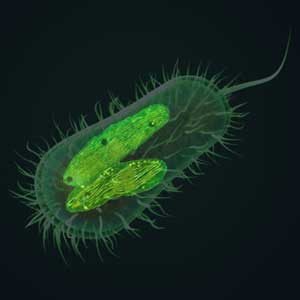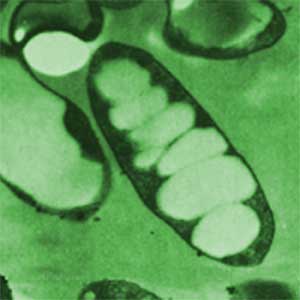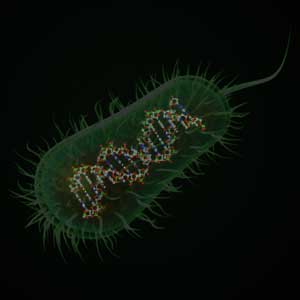Berkeley LBL/Project
From 2007.igem.org
(Difference between revisions)
KonniamChan (Talk | contribs) (→Background) |
KonniamChan (Talk | contribs) |
||
| Line 9: | Line 9: | ||
|} | |} | ||
| - | {| border = | + | {| border = "1" |
|- | |- | ||
|[[Image:purpose.jpg]] | |[[Image:purpose.jpg]] | ||
| | | | ||
| - | == Purpose == | + | === Purpose === |
The purpose of the project is to engineer the most efficient pathway for the biosynthesis of chlorophyll using ''E. Coli'' as the host organism. | The purpose of the project is to engineer the most efficient pathway for the biosynthesis of chlorophyll using ''E. Coli'' as the host organism. | ||
|- | |- | ||
| - | |[[ | + | |[[image:Solar_Energy.jpg]] |
| | | | ||
| - | ==Background== | + | === Background === |
| - | + | ||
| - | + | ||
The specific goal for this project is to utilize ''E. Coli'' to produce chlorophyll efficiently. This is accomplished by controlling the first set of genes in the first branch point of the native ''E. Coli'' pathway and the chlorophyll biosynthesis pathway. However, the production of chlorophyll can lead to the eventual goal of engineering ''E. Coli'' to be a photosynthetic organism. | The specific goal for this project is to utilize ''E. Coli'' to produce chlorophyll efficiently. This is accomplished by controlling the first set of genes in the first branch point of the native ''E. Coli'' pathway and the chlorophyll biosynthesis pathway. However, the production of chlorophyll can lead to the eventual goal of engineering ''E. Coli'' to be a photosynthetic organism. | ||
| Line 47: | Line 45: | ||
|} | |} | ||
| - | |||
| - | |||
| - | |||
| - | |||
| - | |||
| - | |||
| - | |||
| - | |||
| - | |||
| - | |||
| - | |||
| - | |||
| - | |||
Revision as of 18:47, 26 October 2007
| Home | Project Description | Methods | Notebook | Results and Discussion | Resources |





